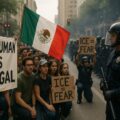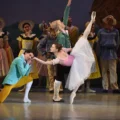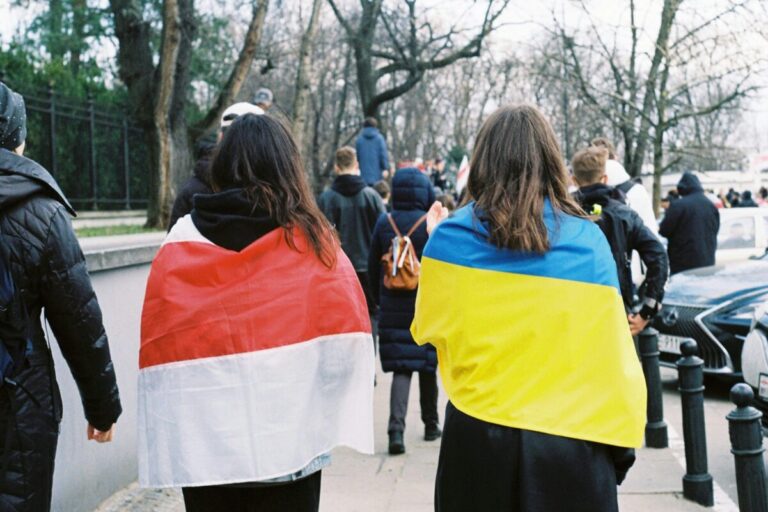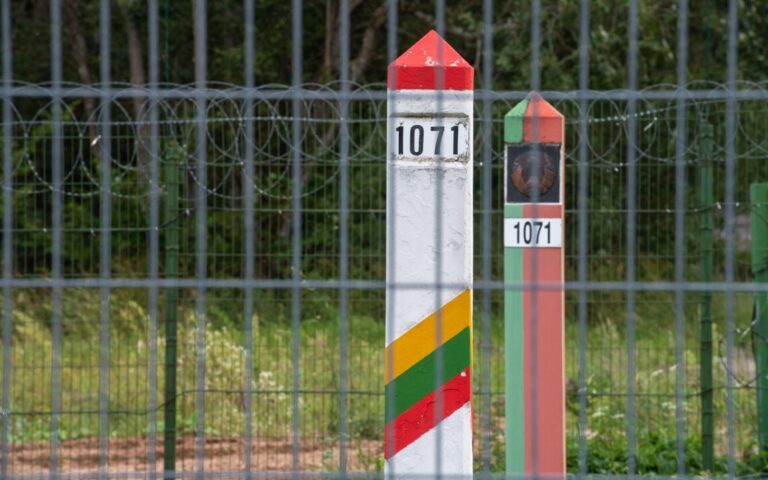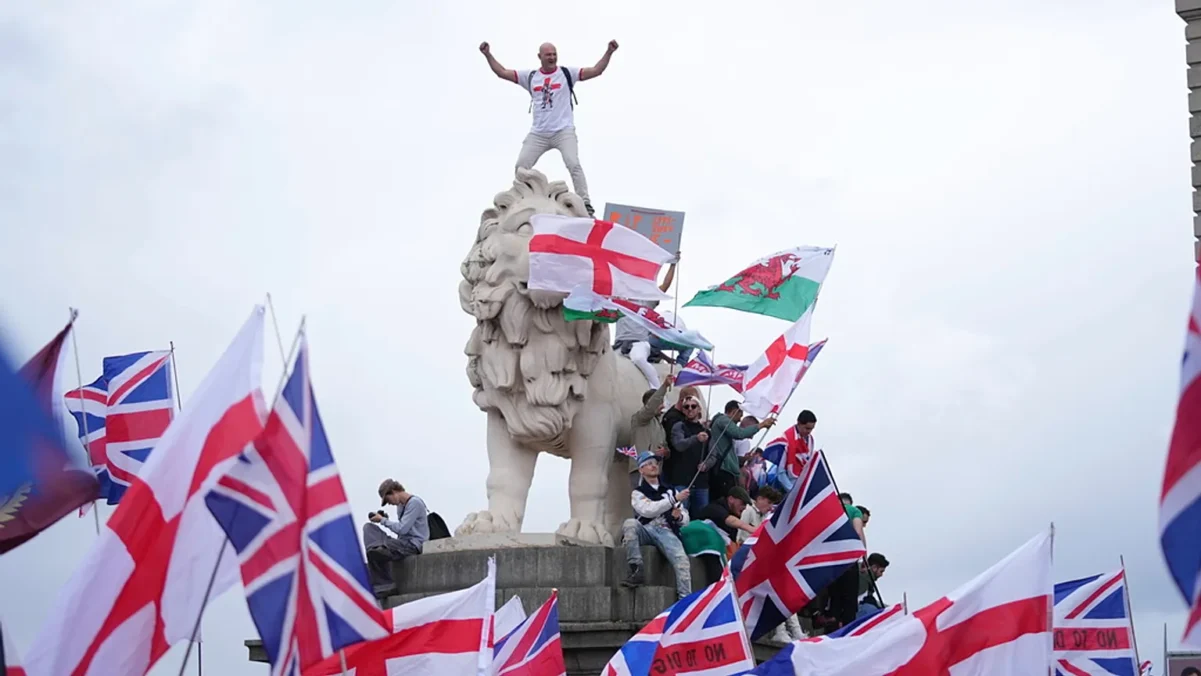
Unite the Kingdom: Why Tens of Thousands Marched in London and What Stands Behind the Protest
On September 7, 2025, a mass rally took place in London under the banner of “Unite the Kingdom” an event that sparked strong reactions not only in the UK but also abroad. Organizers claimed that “three million patriots” filled the streets of the capital, though official estimates were much lower: approximately 100,000-150,000 participants, according to Reuters and British law enforcement. While the march was formally presented as one “for unity, order, and safety,” its tone and atmosphere revealed a deeper social tension a resistance from parts of society against migration, particularly Muslim migration. Among the demonstrators were organized groups of football fans, veterans, members of far-right organizations, and recognizable figures from the ultranationalist scene.
The key public figure leading the protest was Tommy Robinson, one of the most well-known far-right activists in the UK and founder of the English Defence League. Robinson has been convicted multiple times for public order offenses, particularly for inciting hatred. He led the procession holding the Union Jack and filming with his phone, declaring it a “people’s uprising against state inaction.” The movement called “Unite the Kingdom”, previously unknown as a structured initiative, appeared highly coordinated this time with promotional videos, visual identity, and logistics. Signs carried by protesters included slogans such as “We want our country back,” “Stop the invasion,” “No more migrants,” and “No Sharia in the UK.” Capes and t-shirts bore the slogans “Britain First” and “Tommy’s Army.”
The trigger for the protest was a wave of public outrage following a series of violent incidents, including knife attacksthat took place in recent weeks in Birmingham, Luton, and London. In many of these cases, suspects were of migrant background. These incidents acted as a catalyst for renewed debates on migration policy, public safety, and the role of Islamic communities in British society.
“We no longer feel safe in our own cities,” said one protester in an interview with local media. “They lie to us, telling us these are isolated cases, but we see the pattern.”
On social media especially TikTok and Telegram videos depicting migrant-related crime circulated widely in the days leading up to the rally, often out of context or exaggerated. Posts carried messages about the need to “take back control” and “restore culture.”
Even though organizers avoided making openly racist statements, the crowd’s mood was strongly anti-Muslim and xenophobic. Some participants shouted chants directly calling for the expulsion of “outsiders.” English flags, portraits of Queen Elizabeth II, and the Cross of Saint George were widely seen all serving in this context as symbols of “ethnic Englishness.”
While not all attendees openly expressed hate, the dominant emotional tone fear and resentment was clearly directed at Muslim communities, which protesters claimed “don’t integrate,” “have their own rules,” and “create parallel societies” in British cities.
Organizers framed the protest as a grassroots movement, not a political campaign. During speeches, the following was heard:
“We are not racists. We are patriots. We want England to stay England.”
Post List
How the government and society responded
Authorities responded cautiously. Police said the protest was mostly peaceful, though isolated cases of aggression were reported. The UK Home Secretary did not publicly comment on the event, but within government circles, there is growing concern about street-level radicalization. The Chief Rabbi of the United Kingdom voiced concern, stating: “Fear of immigration must not turn into hatred.” British Muslim organizations also warned that “portraying all Muslims as a threat is a path to social division.” Analysts are pointing to deep social fatigue, economic instability, and the influence of social media as the underlying conditions that have allowed far-right groups to mobilize tens of thousands.
Though “Unite the Kingdom” is not a political party, it has already become a tool of opinion-shaping, particularly among young people who consume news primarily through TikTok. In the absence of clear political representation, this sentiment could either radicalize further or be co-opted by mainstream politicians during election campaigns. The fact that anti-migration rhetoric has taken to the public streets in such numbers is alarming. While Britain’s official policy remains inclusive and tolerant, society is increasingly split into camps: between those who see multiculturalism as a threat and those who view it as a pillar of modern democracy.





